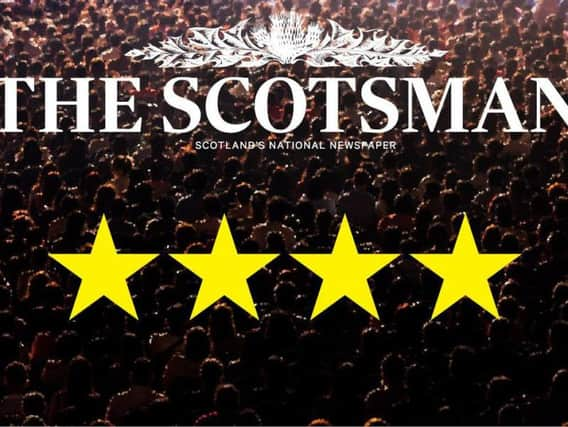Theatre review: How to Save a Rock, Pleasance Pop-Up: Dynamic Earth, Edinburgh


How to Save a Rock, Pleasance Pop-Up: Dynamic Earth, Edinburgh
Held in a pop-up theatre downstairs in Edinburgh’s geology-themed tourist attraction Dynamic Earth, the show is entirely carbon neutral. The main lighting set-up around the in-the-round set is powered by solar power or a bicycle at the rear of the stage, which both castmembers and willing helpers from the audience are invited to pedal.
Advertisement
Hide AdSmartly constructed and enacted, it's little surprise that writers Alex Rugman and Conky Kampfner’s How to Save a Rock has won playwriting awards this year. The cycling and lighting cuts out at sufficiently dramatic moments, and builds to just a low glow as darker scenes emerge. This works beautifully with the magic realist conceit of the play; that in 2026, a letter has been received from the last surviving polar bear, who has made his way south to Scotland's environmentally crucial Flow Country, and our heroes Katie, Alfie and Jack (Bea Udale-Smith, Rugman and Lee Simmonds) must set out to meet him and hear his message.
This being a future where our engagement with the environment has changed, of course, they can't fly there - although they attempt to, but are rebuffed by the surreal and almost impossible restrictions placed upon them. Instead, they travel by dinghy, train and foot, and the tableau of a Britain changed by climate change is otherworldly enough in itself. The show is suitable for older children in its adventurous devised spirit, and the serious message at its core – particularly from the concurrent story of scientists whose work has been stolen and misrepresented in the name of denial – is delivered in such a manner that hope is paramount.
Until 23 August